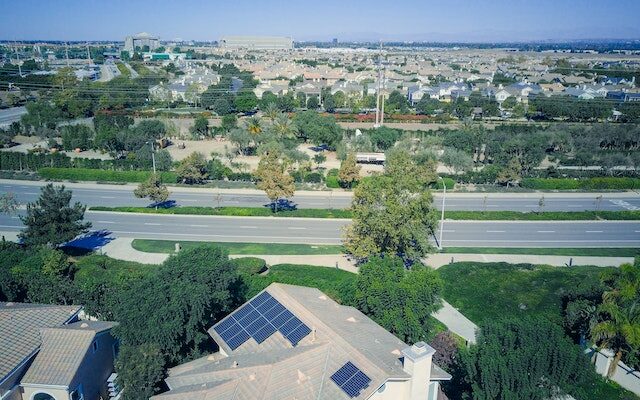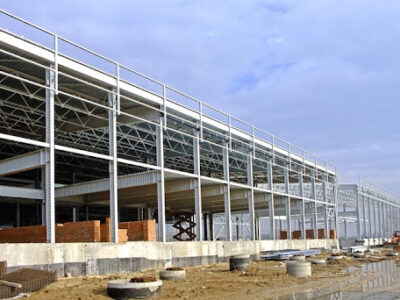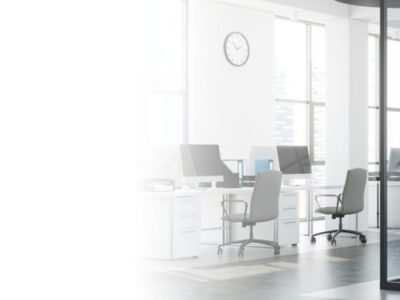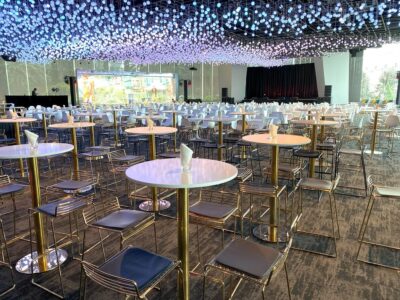In recent years, there has been a remarkable shift towards renewable energy sources, and commercial buildings are no exception. One of the most promising solutions for businesses looking to harness the power of the sun is the installation offlat flat roof commercial solar. These innovative setups allow commercial enterprises to transform their rooftops into revenue-generating assets while significantly reducing their environmental impact. This article delves into the economic impact of flat roof solar systems in commercial settings, highlighting the benefits they bring to businesses and the wider community.
Maximizing Space and Energy with Flat Roof Solar
Harnessing the Power of Flat Roofs
Flat roofs offer unique advantages when it comes to solar panel installations. Unlike their sloped counterparts, flat roofs provide a larger surface area with fewer obstacles such as chimneys or dormers, making them ideal for maximizing solar energy production. By utilizing this untapped space, commercial buildings can generate a substantial amount of renewable energy and reduce their reliance on traditional power sources.
Cost-Effectiveness and Financial Benefits
The economic impact of flat roof solar systems in commercial settings is evident through their cost-effectiveness. Businesses can benefit from various financial incentives, including government grants, tax credits, and renewable energy certificates. These incentives, coupled with the long-term savings achieved by generating solar energy, contribute to a significant return on investment (ROI) for commercial enterprises.
Shining a Light on Profitability: The Advantages of Flat Roof Solar Systems
Enhanced Energy Efficiency
By installing flat roof solar systems, businesses can significantly reduce their energy consumption from the grid. Solar panels produce clean energy, which can power various operations within commercial buildings, such as lighting, heating, ventilation, and air conditioning (HVAC) systems. This leads to substantial cost savings on utility bills and increases overall energy efficiency.
Additional Revenue Streams
Flat roof solar systems can generate revenue for commercial enterprises in multiple ways. Excess energy produced by the panels can be sold back to the grid through net metering or feed-in tariff programs, allowing businesses to earn money from their renewable energy production. Additionally, in regions with solar-friendly policies, commercial buildings can enter into power purchase agreements (PPAs) with energy providers, guaranteeing a steady income stream for a specified duration.
The Environmental and Community Impact
Reducing Carbon Footprint
By embracing flat roof solar systems, commercial buildings play a crucial role in reducing carbon emissions. Generating clean energy helps mitigate the environmental impact associated with traditional electricity production methods, such as burning fossil fuels. This commitment to sustainability not only enhances a company’s reputation but also contributes to a greener future for the community and the planet as a whole.
Job Creation and Economic Growth
The economic impact of flat roof solar systems extends beyond individual businesses. The installation, maintenance, and operation of these systems create job opportunities in the renewable energy sector. As more commercial buildings adopt solar power, local economies benefit from increased employment rates, skill development, and economic growth.
Conclusion
Flat roof solar systems offer a myriad of economic benefits to commercial enterprises. By converting underutilized rooftop spaces into revenue-generating assets, businesses can enjoy cost savings, additional revenue streams, and improved energy efficiency. Moreover, embracing solar power promotes environmental sustainability and fosters economic growth within local communities. As the world continues to transition towards renewable energy sources, investing in flat roof solar systems becomes an economically viable and environmentally responsible choice for commercial settings.











Comments